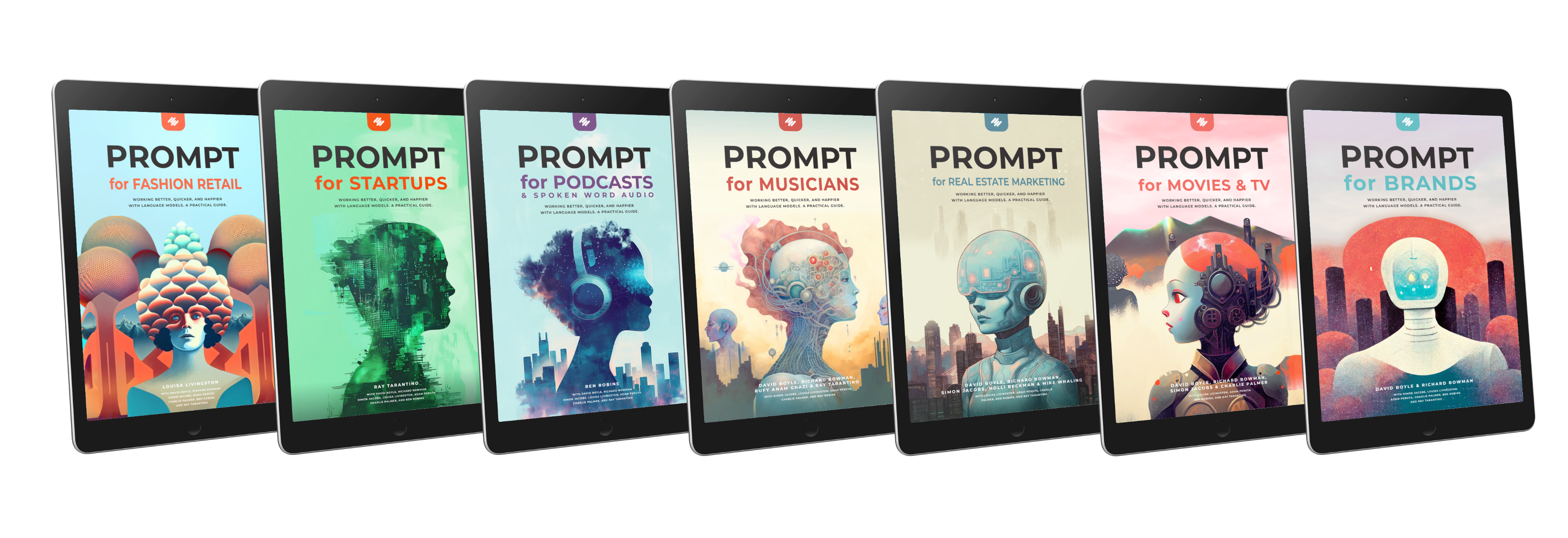Can ChatGPT be truly creative? Here are our thoughts on a topic that is misunderstood by many.
Human creativity is often lauded as an indomitable force, an exclusive bastion of originality. Yet, a closer look reveals that much of what we term 'creative' may often be a deft recombination or reskinning of existing ideas. This is a realm where Artificial Intelligence, particularly language models like ChatGPT, excel.
To fully grasp this concept, consider some of the most revered bastions of creativity: literature, music, cinema. All seem to spin unique tales, yet at their core, they resonate with universal themes.
For instance, literature, in its myriad forms, often revisits the same plots with slight variations. The acclaimed author Christopher Booker proposed that there are only seven basic story archetypes: overcoming the monster, rags to riches, the quest, voyage and return, comedy, tragedy, and rebirth. From Homer's "Odyssey" to Rowling's "Harry Potter," these themes are revisited, revitalized, and recombined to create 'new' stories.
Likewise, the realm of music, though apparently diverse, frequently employs a standard structure: the four-chord progression. This foundational element pervades genres and generations, giving birth to countless 'unique' melodies. Its variations power everything from Pachelbel's "Canon in D" to The Beatles' "Let it Be."
The film industry provides further evidence. Pixar, famous for its imaginative storytelling, uses a simple formula: imbue an inanimate object or concept with human emotions. What if toys had feelings? ("Toy Story"). What if cars could think? ("Cars"). What if feelings had feelings? ("Inside Out"). This formula, re-skinned with different characters and contexts, fuels Pixar's creative engine.
Disney, too, recycles storylines, often revolving around themes of love, bravery, and self-discovery. Their princess narratives, though set in different locales, follow strikingly similar arcs, serving as further proof of creativity through recombination.
This pattern mirrors precisely what AI language models like ChatGPT do: recombining and re-contextualizing. Given the vast amount of data they're trained on, these models can generate diverse outputs, from insightful articles to engaging stories, even songs. They shuffle and meld existing ideas to create something 'new,' much like human creativity does.
In conclusion, viewing much of creativity as the art of recombination rather than the invention of the entirely new, offers a fresh perspective. By this definition, AI indeed possesses a form of creativity. And who knows, this innovative reimagining might just be the key to unlocking the next generation of creative wonders.
